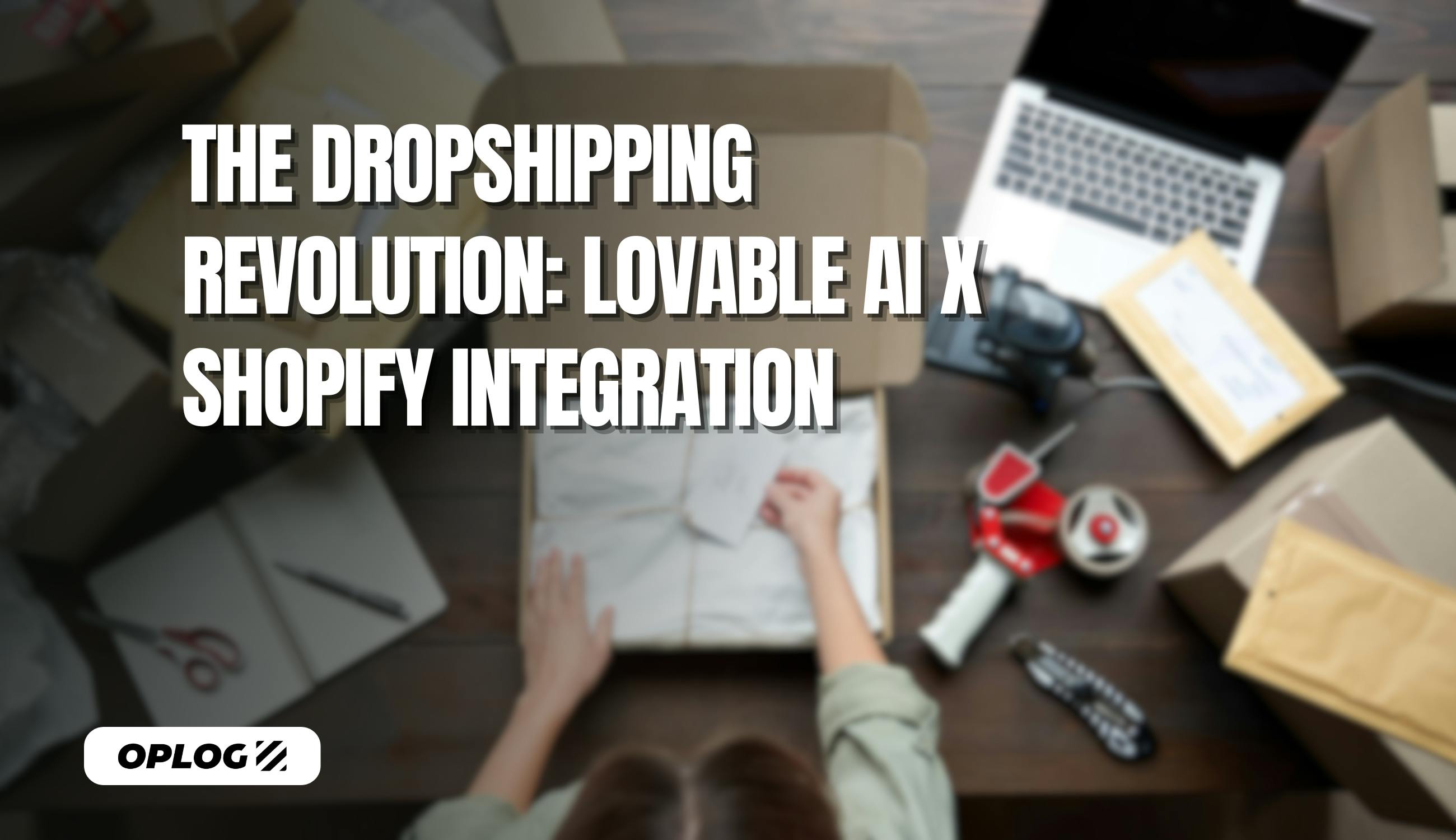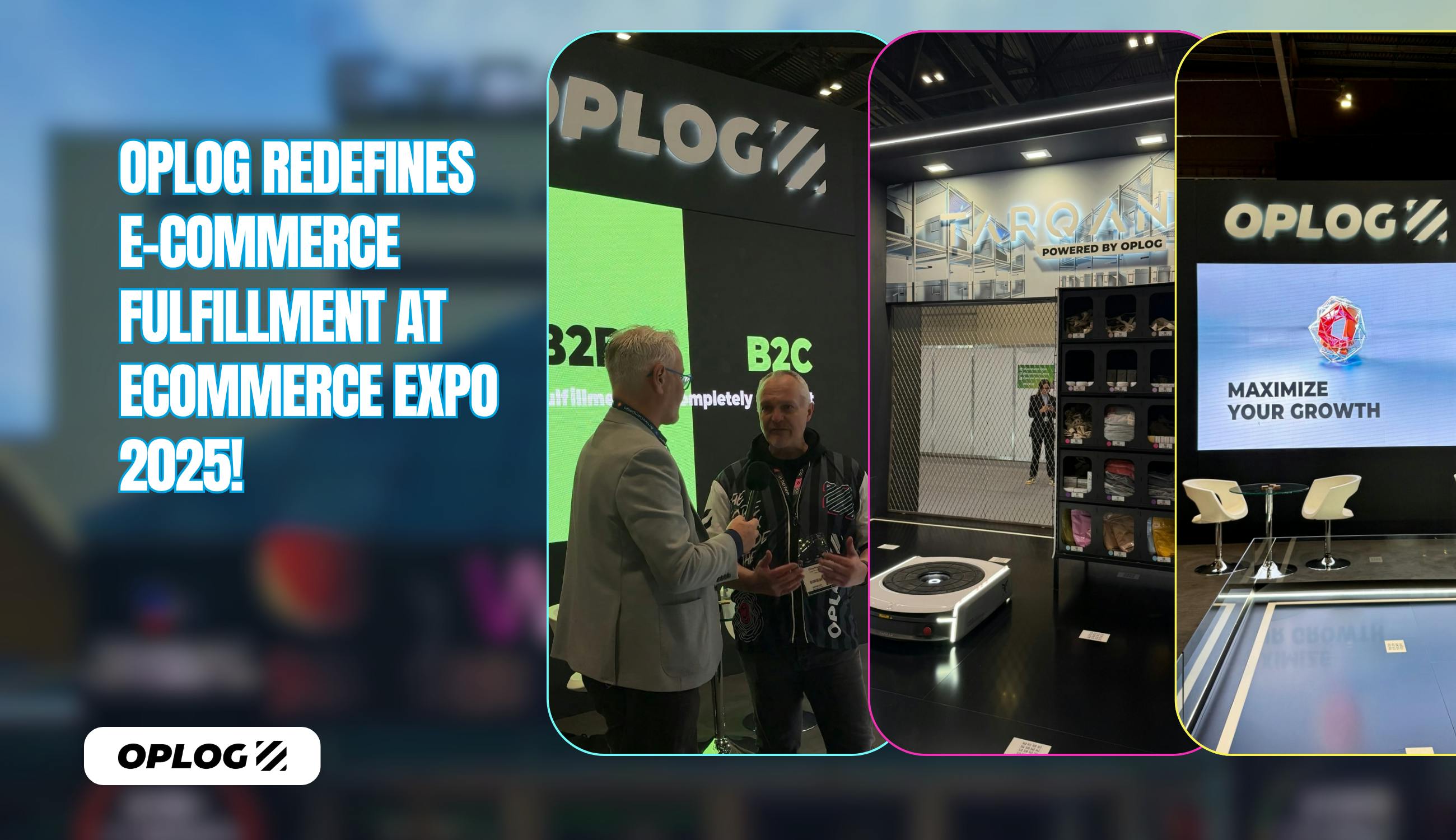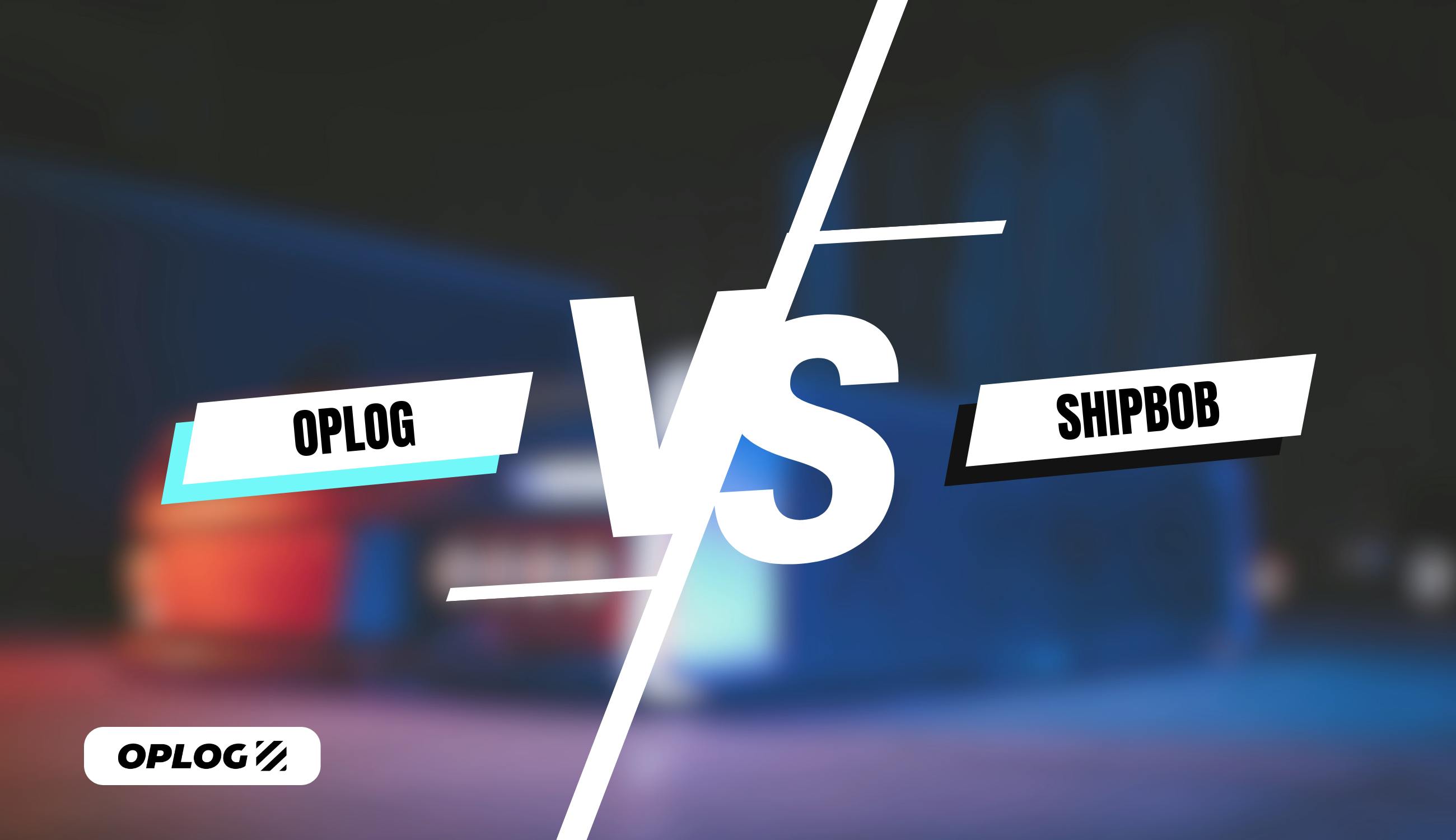The e-commerce landscape has reached a tipping point. While global online retail sales continue their relentless climb toward $8 trillion by 2028, the operational complexities of scaling an online store have become increasingly daunting. Behind every successful e-commerce business lies a sophisticated fulfillment operation that most entrepreneurs never anticipated when they first launched their digital storefronts.
Consider this reality: as your online store grows from processing 50 orders per month to 5,000, your operational requirements don't just increase proportionally—they explode exponentially. Inventory management becomes a high-stakes juggling act. Customer expectations for next-day delivery intensify. Seasonal fluctuations can overwhelm your infrastructure overnight. Manual processes that worked in the early days suddenly become bottlenecks that threaten your competitive edge.
This is where the strategic decision between building internal capabilities and leveraging outsourced warehousing solutions becomes critical. The choice you make will fundamentally shape your ability to scale efficiently, compete effectively, and maintain the customer experience standards that drive long-term success.
The Evolution of E-Commerce Fulfillment Challenges
E-commerce fulfillment has evolved from a simple "pack and ship" operation into a sophisticated ecosystem requiring advanced technology, specialized expertise, and significant capital investment. Modern consumers expect Amazon-level service from every online retailer, regardless of size or resources.
The shift from traditional retail to digital-first commerce has created unprecedented operational demands. Unlike brick-and-mortar stores where customers physically select and transport their purchases, e-commerce businesses must orchestrate complex fulfillment processes that seamlessly connect inventory management, order processing, and last-mile delivery.
The Hidden Costs of Self-Managed Fulfillment
Many e-commerce entrepreneurs underestimate the true cost of managing their own warehouse operations. The visible expenses—rent, utilities, and basic equipment—represent just the tip of the iceberg. The hidden costs often prove far more substantial:
Technology Infrastructure: Modern warehouse management systems (WMS) require significant upfront investment and ongoing maintenance. Enterprise-level solutions can cost $100,000-$500,000 annually, plus implementation and customization expenses.
Skilled Personnel: Finding and retaining warehouse staff with e-commerce expertise has become increasingly challenging. Warehouse managers with WMS experience command premium salaries, while high turnover rates in fulfillment roles create constant recruitment and training costs.
Scalability Constraints: Self-managed warehouses often struggle with seasonal fluctuations. Black Friday volumes might require 300% more capacity than typical months, forcing businesses to maintain expensive infrastructure that sits underutilized most of the year.
Compliance and Security: E-commerce warehouses must comply with various regulations, maintain cybersecurity standards, and implement quality control processes that require specialized knowledge and systems.
The real challenge emerges when these costs compound during growth phases. A warehouse that efficiently handles 100 daily orders might collapse under the strain of 500 daily orders without significant infrastructure upgrades.
Why Outsourced Warehousing Makes Strategic Sense
The compelling case for outsourced warehousing extends far beyond simple cost savings. Modern 3PL (third-party logistics) providers offer sophisticated fulfillment solutions that many businesses cannot economically replicate internally.
Advanced Technology Access Without Capital Investment
Leading fulfillment providers invest millions in cutting-edge warehouse management systems, robotics, and automation technologies. When you partner with these providers, you gain immediate access to enterprise-level capabilities without the capital expenditure.
These technologies include:
- AI-powered inventory forecasting that predicts demand patterns with 85-95% accuracy
- Robotic picking systems that increase order accuracy while reducing processing time
- Real-time inventory tracking across multiple sales channels and locations
- Predictive analytics that optimize inventory placement and reduce shipping costs
Global Reach and Distribution Network
Modern e-commerce operates on a global scale, but establishing international fulfillment capabilities requires significant investment and expertise. Outsourced warehousing providers offer established networks that can dramatically accelerate your international expansion timeline.
These providers maintain strategically located facilities that enable:
- Reduced shipping costs through proximity to major population centers
- Faster delivery times that meet customer expectations for quick fulfillment
- International compliance with customs, taxation, and regulatory requirements
- Multi-currency processing and local payment method integration
The Technology Revolution in Warehouse Management Systems
The warehouse management systems powering modern fulfillment operations have undergone a technological revolution. Today's systems leverage artificial intelligence, machine learning, and IoT sensors to optimize every aspect of warehouse operations.
AI-Powered Predictive Fulfillment
The most advanced warehouse management systems now employ predictive analytics to anticipate demand before orders are placed. These systems analyze historical data, seasonal patterns, marketing campaigns, and external factors to forecast inventory needs with remarkable accuracy.
Benefits include:
- Reduced stockouts through proactive inventory positioning
- Optimized inventory levels that minimize carrying costs
- Strategic product placement that reduces picking time and errors
- Dynamic pricing insights based on supply and demand fluctuations
Zero-Touch Fulfillment Operations
Leading fulfillment centers are moving toward "zero-touch" operations where human intervention becomes minimal. Automated systems handle everything from receiving shipments to picking, packing, and shipping orders.
Key technologies driving this transformation:
- Autonomous mobile robots (AMRs) that transport inventory throughout the warehouse
- Robotic picking arms with computer vision that can handle diverse product types
- Automated packaging systems that right-size boxes and apply shipping labels
- Sortation systems that route packages to appropriate shipping carriers

Real-Time Integration and Visibility
Modern warehouse management systems provide unprecedented visibility into every aspect of your fulfillment operations. Real-time dashboards show inventory levels, order status, shipping performance, and quality metrics across all channels and locations.
This visibility enables:
- Proactive customer communication about order status and delivery estimates
- Data-driven decision making based on actual performance metrics
- Rapid issue resolution when problems arise in the fulfillment process
- Continuous optimization of processes based on performance data
Cost-Effective Warehouse Solutions: The Economic Case
The economic advantages of outsourced warehousing become increasingly compelling as businesses scale. Traditional cost-benefit analyses often underestimate the true economic impact because they focus primarily on direct costs while overlooking opportunity costs and strategic benefits.
Direct Cost Comparison Analysis
When evaluating the economics of outsourced warehousing, it's essential to consider all cost components:
Self-Managed Warehouse Costs:
- Facility expenses: Rent, utilities, insurance, security (typically $8-15 per sq ft annually)
- Technology investment: WMS software, hardware, integration ($200,000-$800,000 initial)
- Staffing costs: Salaries, benefits, training, turnover ($120,000-$200,000 per full-time employee)
- Equipment and infrastructure: Racking, forklifts, conveyor systems ($150,000-$500,000)
- Operational overhead: Management, administration, compliance ($50,000-$150,000 annually)
Outsourced Warehousing Costs:
- Storage fees: Typically $0.50-$2.00 per cubic foot per month
- Fulfillment fees: Usually $3-$8 per order depending on complexity
- Setup and integration: One-time costs of $5,000-$25,000
- Value-added services: Custom packaging, returns processing, special handling
For most businesses processing 1,000+ orders monthly, outsourced warehousing delivers 30-50% cost savings while providing superior service levels.
Hidden Value Creation
Beyond direct cost savings, outsourced warehousing creates value in ways that traditional analysis often misses:
Faster Market Entry: New product launches or geographic expansion can happen in weeks rather than months, capturing first-mover advantages worth millions in revenue.
Risk Mitigation: Diversified fulfillment networks reduce the impact of natural disasters, labor disputes, or other disruptions that could paralyze self-managed operations.
Capital Efficiency: Resources previously tied up in warehouse infrastructure can be redirected toward higher-ROI activities like product development and customer acquisition.
Expertise Access: Specialized knowledge in areas like international shipping, hazardous materials handling, or regulatory compliance that would be expensive to develop internally.
OPLOG's Comprehensive Outsourced Warehousing Solutions
OPLOG empowers e-commerce businesses to scale efficiently by providing comprehensive outsourced warehousing and fulfillment solutions that combine advanced technology with strategic logistics expertise. Our integrated approach addresses the complete spectrum of fulfillment challenges that growing online stores encounter.
Advanced Technology Platform
Our warehouse management system represents the latest evolution in fulfillment technology, offering capabilities that rival the systems used by major e-commerce platforms:
Intelligent Inventory Management:
- Real-time synchronization across all sales channels
- Automated low-stock alerts and reorder recommendations
- Advanced analytics for inventory optimization and cost reduction

Seamless Integration Capabilities:
- Direct API connections with major e-commerce platforms
- Custom integration with proprietary systems and databases
- Real-time data exchange for inventory, orders, and shipments
- Comprehensive reporting and dashboard functionality
Quality Assurance Systems:
- Barcode scanning tracking throughout the fulfillment process
- Photo verification for high-value or fragile items
- Quality control checkpoints at receiving, picking, and packing
- Automated error detection and correction protocols
Scalable Infrastructure and Operations
OPLOG's fulfillment network is designed to grow with your business, providing the flexibility and capacity needed to handle everything from startup volumes to enterprise-scale operations:
Multi-Location Strategy:
- Strategically positioned fulfillment centers for optimal shipping times
- International fulfillment options for global expansion
Flexible Capacity Management:
- Dynamic scaling to handle seasonal peaks and promotional campaigns
- No long-term commitments or minimum volume requirements
- Pay-as-you-grow pricing that aligns costs with revenue
- Rapid onboarding for new products and SKUs
Value-Added Services for Enhanced Customer Experience
Beyond basic fulfillment, OPLOG offers specialized services that differentiate your brand and enhance customer satisfaction:
Custom Packaging and Branding:
- Branded packaging design and printing services
- Custom inserts, marketing materials, and promotional items
- Gift wrapping and special occasion packaging
- Sustainability-focused packaging options
Returns Management:
- Streamlined returns processing with customer-friendly policies
- Quality inspection and refurbishment services
- Inventory restocking and disposition decisions
- Returns analytics to identify product and process improvements
International Expansion Support:
- Local compliance with international regulations
- Multi-currency pricing and payment processing
- Localized customer service and communication
Building Your Business Case for Outsourced Warehousing
Creating a compelling business case for outsourced warehousing requires thorough analysis of your current operations, future growth projections, and strategic objectives. The most successful implementations result from methodical evaluation rather than reactive decision-making.
ROI Calculation Framework
Developing an accurate ROI calculation requires examining both quantitative and qualitative benefits:
Quantitative Benefits:
- Direct cost savings: Compare all-in costs of self-managed vs. outsourced operations
- Capital avoidance: Calculate the opportunity cost of capital tied up in warehouse infrastructure
- Labor efficiency: Factor in recruitment, training, and turnover costs
- Technology access: Value the capabilities gained without capital investment
Qualitative Benefits:
- Focus enhancement: Management time redirected toward core business activities
- Risk reduction: Decreased operational complexity and compliance exposure
- Scalability improvement: Enhanced ability to handle growth and seasonal fluctuations
- Customer satisfaction: Better delivery performance and service quality
Implementation Timeline and Milestones
A structured implementation approach ensures smooth transition and optimal results:
Phase 1: Assessment and Planning (Weeks 1-4)
- Current operation analysis and cost modeling
- Requirements definition and provider evaluation
- Contract negotiation and service level agreement establishment
- Integration planning and technical requirements review
Phase 2: Setup and Integration (Weeks 5-8)
- System integration and data migration
- Inventory transfer and setup procedures
- Staff training and process documentation
- Testing and validation of all fulfillment processes
Phase 3: Launch and Optimization (Weeks 9-12)
- Soft launch with limited SKUs or order volume
- Performance monitoring and issue resolution
- Process refinement and optimization
- Full-scale operations launch
Phase 4: Continuous Improvement (Ongoing)
- Regular performance reviews and optimization opportunities
- New service integration and capability expansion
- Strategic planning for future growth and requirements
- Partnership evolution and relationship management
The Future of E-Commerce Fulfillment
The fulfillment landscape continues evolving rapidly, driven by advancing technology, changing consumer expectations, and competitive pressures. Understanding these trends helps inform strategic decisions about warehousing partnerships.
Emerging Technology Trends
Hyperlocal Fulfillment Centers: Micro-warehouses positioned closer to customers enable same-day and two-hour delivery windows that are becoming customer expectations rather than premium services.
Predictive Shipping: AI systems increasingly accurate at predicting customer orders are enabling pre-positioning of inventory that dramatically reduces delivery times.
Autonomous Last-Mile Delivery: Drone delivery and autonomous vehicles are moving from experimental to practical implementation, requiring fulfillment centers optimized for these new delivery methods.
Sustainability Integration: Environmental considerations are becoming operational requirements, driving adoption of renewable energy, sustainable packaging, and carbon-neutral shipping options.
Strategic Implications for E-Commerce Businesses
These technological advances favor businesses that partner with specialized fulfillment providers rather than managing operations internally. The pace of innovation and level of investment required to remain competitive make it increasingly difficult for individual companies to maintain cutting-edge fulfillment capabilities.
Forward-thinking e-commerce businesses are positioning themselves to leverage these advances by establishing partnerships with fulfillment providers that invest heavily in emerging technologies and maintain the scale necessary to implement innovations cost-effectively.
Making the Strategic Decision
The decision to transition to outsourced warehousing represents more than an operational change—it's a strategic pivot that can fundamentally alter your business trajectory. Companies that make this transition successfully typically share several characteristics and follow proven best practices.
Readiness Assessment Framework
Evaluate your readiness for outsourced warehousing using these key indicators:
Volume Thresholds:
- Processing 500+ orders monthly with consistent growth
- Managing 200+ SKUs across multiple product categories
- Experiencing seasonal peaks that strain current capacity
- Planning expansion into new markets or sales channels
Operational Complexity:
- Struggling with inventory accuracy and availability
- Facing customer complaints about shipping speed or accuracy
- Spending excessive management time on fulfillment issues
- Lacking technology capabilities required for competitive service
Financial Considerations:
- Capital constraints limiting growth investments
- Rising fulfillment costs as percentage of revenue
- Need for improved cash flow and working capital efficiency
- Desire to redirect resources toward revenue-generating activities
Partner Selection Criteria
Choosing the right fulfillment partner requires evaluation across multiple dimensions:
Technology Capabilities:
- Integration with your existing e-commerce platform and systems
- Real-time visibility and reporting functionality
- Scalability to handle projected growth volumes
- Innovation roadmap and investment in emerging technologies
Operational Excellence:
- Track record of accuracy, speed, and service quality
- Geographic coverage and shipping performance
- Capacity for handling your specific product types and requirements
- Flexibility to accommodate special requests and custom processes
Strategic Alignment:
- Understanding of your industry and customer base
- Commitment to partnership rather than transactional relationship
- Ability to support your long-term growth and expansion plans
- Cultural fit and shared values around customer service
Implementation Best Practices
Successful transitions to outsourced warehousing follow proven implementation methodologies that minimize risk while maximizing benefits. The most critical success factors include thorough planning, comprehensive testing, and gradual rollout.
Pre-Implementation Planning
Data Preparation and Migration:
- Comprehensive inventory audit and reconciliation
- Product catalog standardization and optimization
- Historical data analysis for demand forecasting
- System integration testing and validation
Process Documentation and Training:
- Standard operating procedures for all fulfillment processes
- Quality control checkpoints and exception handling
- Returns processing and customer service protocols
- Performance monitoring and reporting procedures
Risk Mitigation Strategies
Dual Operations Period:
- Parallel processing to validate accuracy and performance
- Gradual transition of product categories or customer segments
- Contingency plans for potential issues or disruptions
- Performance benchmarking against previous operations
Communication and Change Management:
- Customer notification about fulfillment improvements
- Internal team alignment on new processes and responsibilities
- Stakeholder updates on transition progress and benefits
- Feedback collection and continuous improvement processes
Measuring Success and Optimizing Performance
The transition to outsourced warehousing is just the beginning of an ongoing optimization journey. Establishing proper metrics, monitoring systems, and improvement processes ensures you maximize the value of your fulfillment partnership.
Key Performance Indicators
Operational Metrics:
- Order accuracy rate (target: 99.5%+)
- Shipping speed and on-time delivery performance
- Inventory accuracy and availability rates
- Returns processing time and customer satisfaction
Financial Metrics:
- Cost per shipment and total fulfillment costs
- Inventory turnover and carrying cost optimization
- Working capital efficiency and cash flow improvement
- Revenue growth enabled by improved fulfillment capabilities
Customer Experience Metrics:
- Net Promoter Score (NPS) related to fulfillment experience
- Customer complaint resolution time and satisfaction
- Repeat purchase rates and customer lifetime value
- Brand perception and competitive positioning
Continuous Improvement Process
Regular Performance Reviews:
- Monthly business reviews with fulfillment partner
- Quarterly strategic planning and optimization sessions
- Annual contract and service level agreement updates
- Ongoing benchmarking against industry standards
Innovation and Capability Expansion:
- Evaluation of new services and technology capabilities
- Pilot programs for emerging fulfillment options
- Integration of additional sales channels and markets
- Strategic planning for future growth and requirements
Conclusion: Your Path to Scalable E-Commerce Success
The evidence is compelling: outsourced warehousing has evolved from a cost-cutting measure into a strategic growth accelerator for e-commerce businesses. Companies that make this transition successfully don't just reduce costs—they transform their operational capabilities, enhance customer experience, and create competitive advantages that drive long-term success.
The key lies in viewing outsourced warehousing not as vendor relationship, but as a strategic partnership that extends your capabilities and amplifies your competitive strengths. When you partner with the right fulfillment provider, you gain access to enterprise-level technology, specialized expertise, and scalable infrastructure that would require years and millions of dollars to develop internally.
OPLOG's comprehensive outsourced warehousing solutions enable e-commerce businesses to make this transformation with confidence. Our advanced technology platform, scalable operations, and strategic logistics expertise streamline your operations, reduce overhead costs, and enhance customer satisfaction while allowing you to focus on what you do best—growing your business and serving your customers.
The question isn't whether outsourced warehousing makes sense for your growing e-commerce business. The question is whether you can afford to delay this strategic decision while your competitors gain operational advantages that become increasingly difficult to overcome.
The future belongs to e-commerce businesses that optimize their operations for efficiency, scalability, and customer satisfaction. Outsourced warehousing is the foundation that makes this optimization possible.
Ready to transform your e-commerce operations with strategic outsourced warehousing? Contact OPLOG today to discover how our comprehensive solutions can accelerate your business growth while reducing operational complexity.






